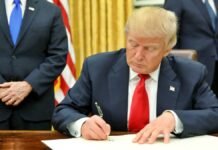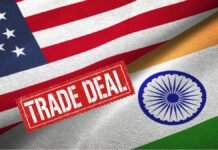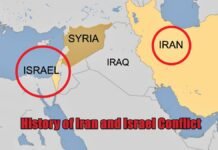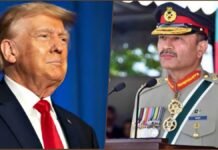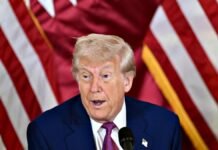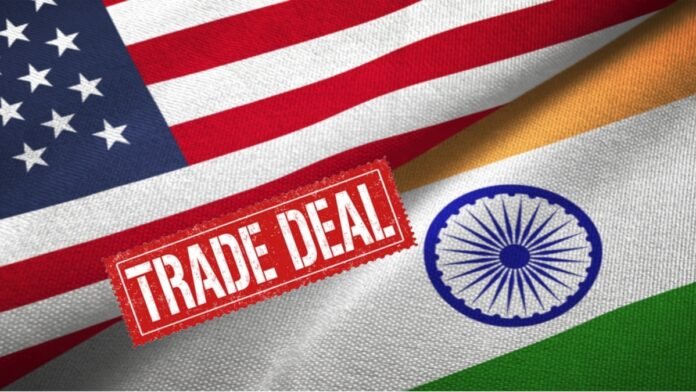
Key Points
- Indian trade delegation extends Washington stay as last-minute negotiations intensify ahead of the July 9 US tariff deadline.
- Talks focus on averting a 26% US reciprocal tariff on Indian goods, with both sides seeking to resolve major differences before the truce expires.
- Major hurdles: US demands for access to India’s market for genetically modified (GM) crops and broader farm goods; India’s push for removal of all retaliatory tariffs and better sectoral access for its exports.
- India resists US pressure on GM crops and dairy, citing risks to farmers and religious sensitivities.
- Both sides signal progress, but a deal hinges on political decisions at the highest level; an interim agreement remains possible but not guaranteed.
- If no deal is reached by July 9, tariffs could revert to higher April levels, risking renewed trade friction.
India-US Trade Negotiations Enter Final Stretch in Washington: Extension Signals Urgency as Tariff Deadline Nears
Washington D.C: High-stakes trade negotiations between India and the United States have entered a critical phase, with Indian officials extending their stay in Washington in a bid to finalize a deal before the July 9 deadline for the suspension of higher US tariffs on Indian goods. The talks, originally set to conclude by June 27, have been prolonged as both sides race to bridge persistent gaps on several contentious issues.
What’s at Stake?
The urgency stems from the looming expiration of a 90-day truce on a 26% reciprocal tariff imposed by the US on Indian exports. If an agreement is not reached by July 9, these tariffs could snap back, threatening billions in bilateral trade and escalating tensions between the world’s two largest democracies.
Key Sticking Points
- Genetically Modified Crops: The US is pressing India to open its market to GM agricultural products. Indian negotiators have firmly rejected this, citing the potential impact on local farmers and food safety concerns.
- Agriculture and Dairy: Washington seeks greater access to India’s sensitive farm and dairy sectors. India has resisted, pointing to the livelihoods of millions of small farmers and religious objections to US cattle feed practices.
- Tariffs and Market Access: India is demanding the removal of all existing and potential retaliatory US tariffs—including the 26% reciprocal tariff and safeguard duties on steel, aluminium, and autos while seeking improved access for its exports.
- US Market Access: The US is pushing for lower Indian tariffs on products such as automobiles, energy, medical devices, and alcoholic beverages, as well as reforms in digital trade and intellectual property rights.
Progress and Political Dynamics
Despite several rounds of intense discussions, both sides remain at odds on these core issues. However, the extension of the Indian delegation’s stay has raised hopes of at least an interim deal, especially as US President Donald Trump has publicly signaled optimism about reaching a “very big” agreement soon. Trade experts note that while technical teams have resolved many issues, a final breakthrough likely requires direct political intervention from the highest levels of both governments.
What Happens If No Deal?
If the July 9 deadline passes without an agreement, tariffs are expected to revert to higher levels set in April, potentially impacting a wide range of goods and reigniting trade friction. However, both countries have emphasized their commitment to a long-term, mutually beneficial partnership and may continue negotiations toward a broader trade pact even if an interim deal is not reached in time.
The India-US trade talks have reached a decisive moment, with negotiators working overtime in Washington to avert a tariff hike and secure a deal that balances market access, tariff relief, and protection for sensitive domestic sectors. The coming days will be crucial in determining the future trajectory of one of the world’s most important economic relationships.






